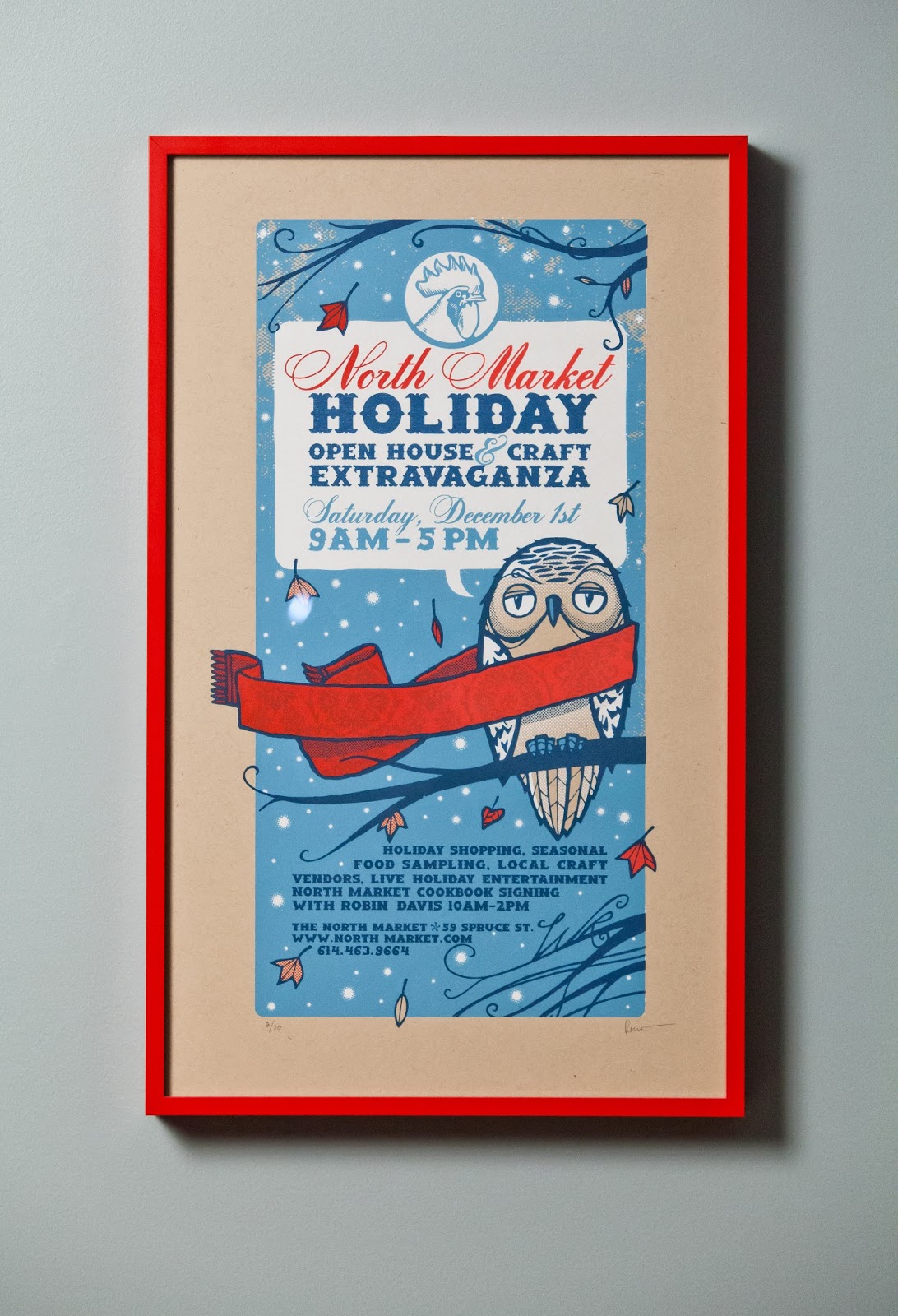There’s something about a well-written advertising slogan or jingle; the sort of catchy message that is hard to get out of your mind. You know, tunes like “Wouldn’t you like to be a pepper, too?” Great advertising campaigns can become an iconic representation of a moment in time, capturing the pop culture spirit of a generation. Before radio and television, successful marketers in the 19th and (much of the) 20th century created memorable brand messages by utilizing high impact graphics on product packaging or in print advertisements. Posters, an inexpensive and disposable method of enticing potential buyers with products or experiences, became a popular method of reaching a large audience. The bolder and more colorful the images, the more likely the viewer was to shell out the money for the product or adventure. From the artists who created the content to the paper and process used to make them, vintage posters provide a broad range of choices for collector or decorator, including automobile, travel, political and even circus.
No matter where your collecting interests lie, there is likely a vintage poster category that appeals to you. For cinephiles, it can be the memories evoked in darkened movie theatres of Clark Gable, Humphrey Bogart, Ingrid Bergman or countless other stars. If you are certified in wanderlust, travel posters, depicting ocean liners, exotic lands, airplanes, and trains capture the sense of excitement at the thought of a journey taken at a time when travel truly was an adventure. Politicos may be more mesmerized by historic significance and catchy campaign slogans than graphic imagery, but the effect of a 19th century broadside in a well-appointed library can be dramatic. Fashionistas will appreciate the classic stylings illustrated by such famed artists as Toulouse-Lautrec and Erte. And, certainly, the bon vivants among us will salivate over the opportunity to grave their walls with the delectable imagery from food, wine and beer posters.
Dedicated vintage poster collectors look for rare and popular titles and products and, above all, condition. Paper is inherently fragile and since most posters were hung both indoors and outdoors at some point in their life, damages such as fading, rips, tears, and fold lines are often inevitable. Top dollar is paid for those titles that are scarce, popular, and in unused condition. For those of us seeking a visually engaging, historically interesting addition to our decor at more moderate prices, the sheer volume of mass-produced posters ensures something for every price point. Peruse auctions and dealers online; and for those born into luck, check out local garage and estate sales - sometimes posters fly under the radar of serious collectors. Don’t shy away from works with minor condition issues – well-framed, these posters can be just as visually appealing as their pristine counterparts. As with any collecting category, buy what you love and have fun in the hunt for new acquisitions. For more information about collecting vintage posters, including resources, visit garths.com/collecting.
Until the 1950s, posters were produced using stone lithography, a process that relies on the inherent opposition of oil and water. To create a stone lithographic print, an image was drawn in reverse upon limestone quarried from Germany using a greasy medium. Next, the entire stone was dampened with a solution of gum arabic and rolled with printing ink which adheres to the greasy drawing but not to the moistened areas of the stone. Finally, the paper was pressed to the stone to print the inked design. This process of inking and printing could be repeated numerous times for one poster depending on the number of colors appearing in the image. Though time consuming, the process of stone lithography captured the intricacy and vibrancy of the artist’s original works.
 | ||||||||||
“Guinness for Strength” was an
advertising campaign created in the 1930’s and 40’s in the face
of
falling sales for the Irish dry stout.
Te campaign included humorous images such as
this Santa, drawn by artist John Gilroy
and considered to be one of the most notable
ad campaigns of the 20th Century.
Private Collection, Est: $3,500 - $4,500.
This reproduction poster was order from the National Parks website for less than $50. The original work was made during the 1930's, as a part of the Works Progress Administration - a federal program that sought to employ out-of-work artists by contracting them to create art for public buildings.
This graphic poster was found in the office of an urban grocery market, and sold for $20. The frame elevates the simple poster into a sophisticated holiday decoration.






No comments:
Post a Comment